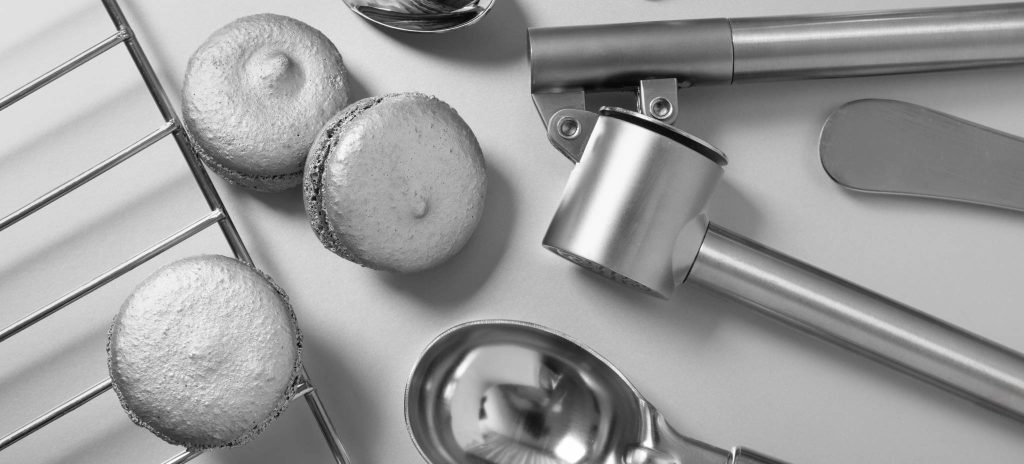Free Shipping Over £75 Orders
- 100% RECYCLEABLE PACKAGING HERBAL AND ORGANIC INGREDIENTS
Free Shipping Over £75 Orders
- 100% RECYCLEABLE PACKAGING HERBAL AND ORGANIC INGREDIENTS

Stainless steel is a popular choice for kitchen and bathroom fixtures due to its durability and sleek appearance. However, despite its name, stainless steel is not completely immune to stains and marks. If you’ve ever owned stainless steel appliances, you’re likely familiar with dealing with fingerprints, streaks, and water spots.
To keep your stainless steel looking its best, it’s crucial to clean it properly using the right cleaners and methods. Harsh chemicals can damage the surface, leading to scratches and potentially causing rust over time. Thankfully, there are natural stain removers you can use.
By learning how to effectively clean stainless steel, you can maintain its shine and extend its usage time without the worrying about damaging it in the process. Let’s look into different methods for cleaning stainless steel.
The ideal time to clean your stainless steel is actually when it’s dirty. This might sound obvious, but kitchen activity can differ a lot from one household to another.
To maintain your appliances’ shiny look, you might only need to clean them once to four times a year. However, in a busy kitchen or if cleanliness is a top priority, you might need to clean certain items every day.
Before you start cleaning a stainless-steel surface of appliance, it’s always best to check what the manufacturer recommends. There are different types of stainless steel, some tougher than others. Some appliances have a special finish that can be damaged by certain cleaning products. Can’t find the manual? No problem, you might be able to get it online.
After you’ve got everything ready, here are the list of things you’ll need:
Taking care of your stainless-steel appliances and equipment is crucial to keep them looking great and functioning well. Neglecting maintenance can lead to stains, discoloration, and even permanent damage. Luckily, maintaining stainless steel is easy. By establishing regular cleaning routines, you can prolong the lifespan of your items and keep them looking brand new.
To add shine and prevent fingerprints, you can use a simple trick with olive oil. Just put a drop on a cloth, buff it onto the surface following the grain, and then wipe off any excess with a dry cloth. This leaves the surface shiny without feeling oily.
Another option is using non-abrasive polishing pastes. These create a protective layer on the surface, making it easier to clean and maintaining its sparkle for months. However, remember that polishing paste is only suitable for decorative surfaces, not cookware.
When cleaning stainless steel, avoid abrasive tools and cleaners like sandpaper, steel wool, or metal brushes. Even soft abrasives should be tested in a hidden area first. Always wipe in the direction of the grain to ensure the best appearance.
Stay Informed About Us!



Main Menu
Cookies
We use cookies to personalise content and ads, to provide social media features and to analyse our traffic. We also share information about your use of our site with our social media, advertising and analytics partners who may combine it with other information that you’ve provided to them or that they’ve collected from your use of their services.